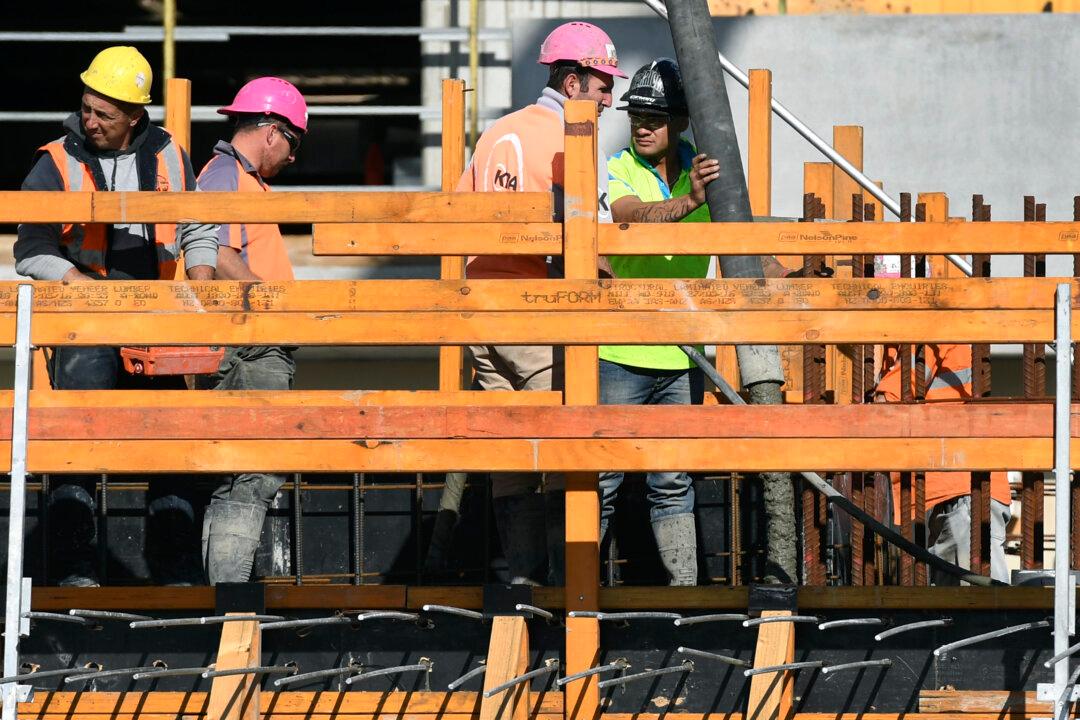The residential home construction industry is warning that the building boom in Australia has ended and is expected to fall to levels not seen since 2012.
In its latest Economic and Industry Outlook Report, the Housing Industry of Australia (HIA) said the consecutive cash rate increases that began in May 2022 brought an end to the building boom.





